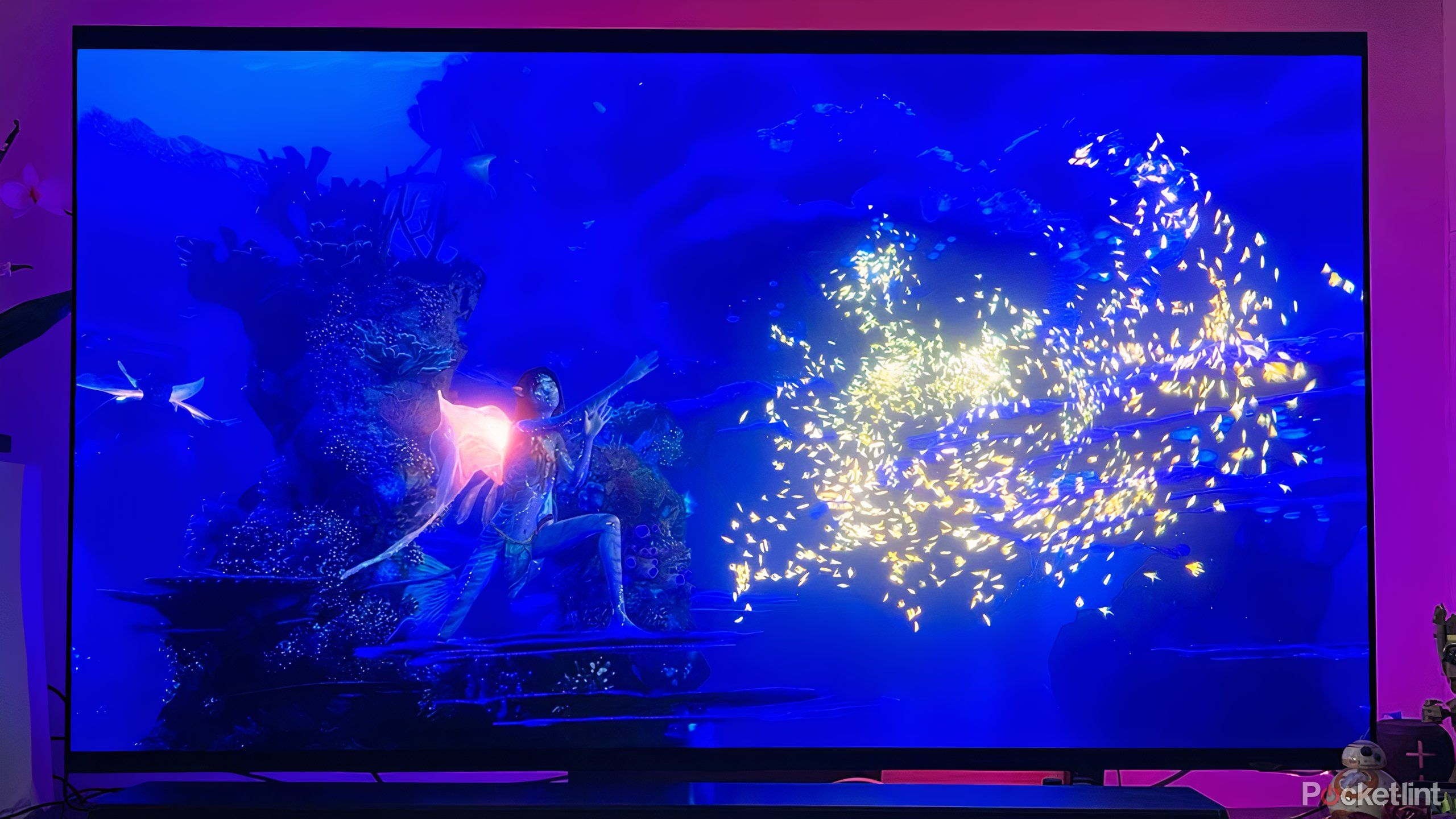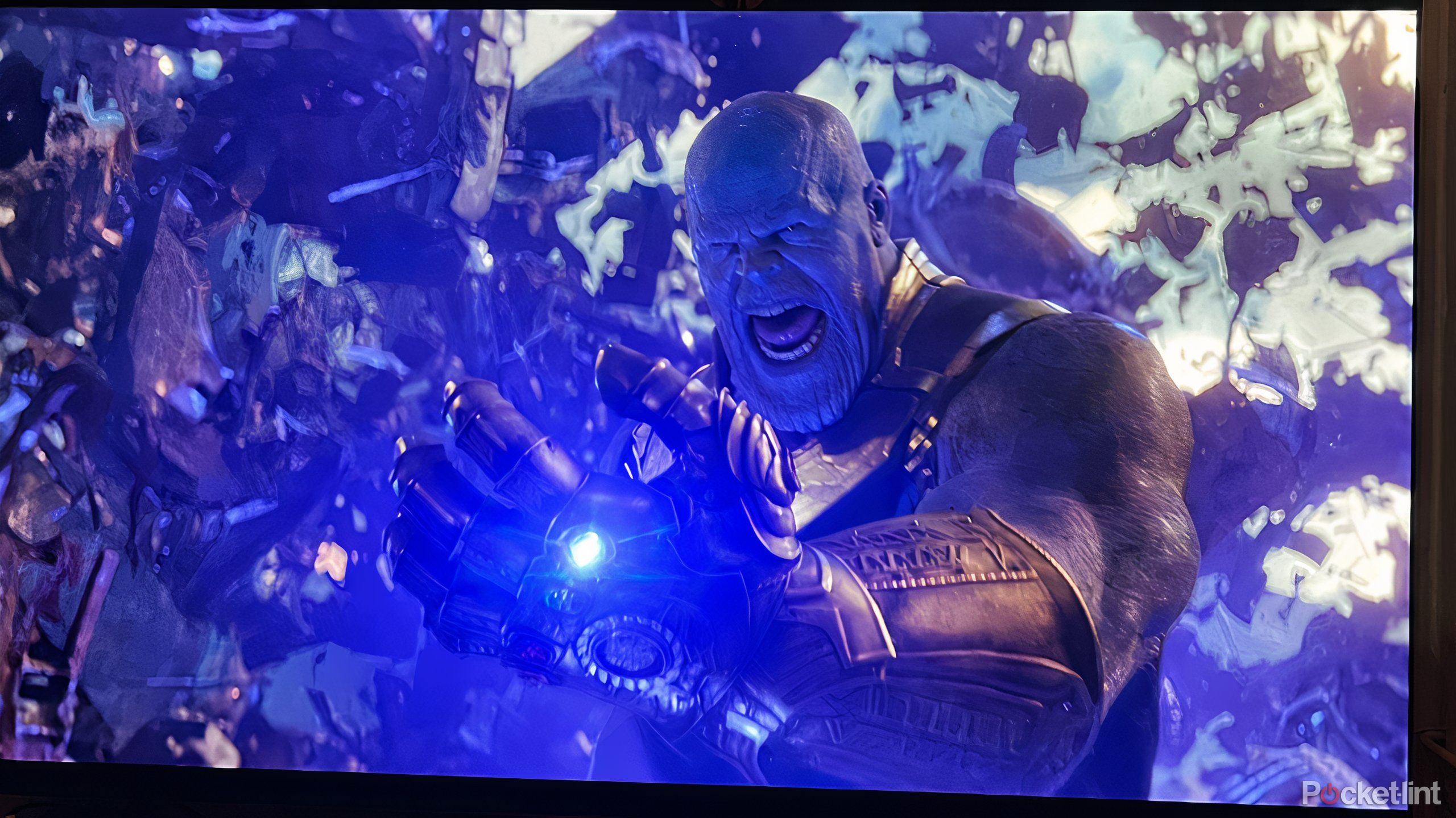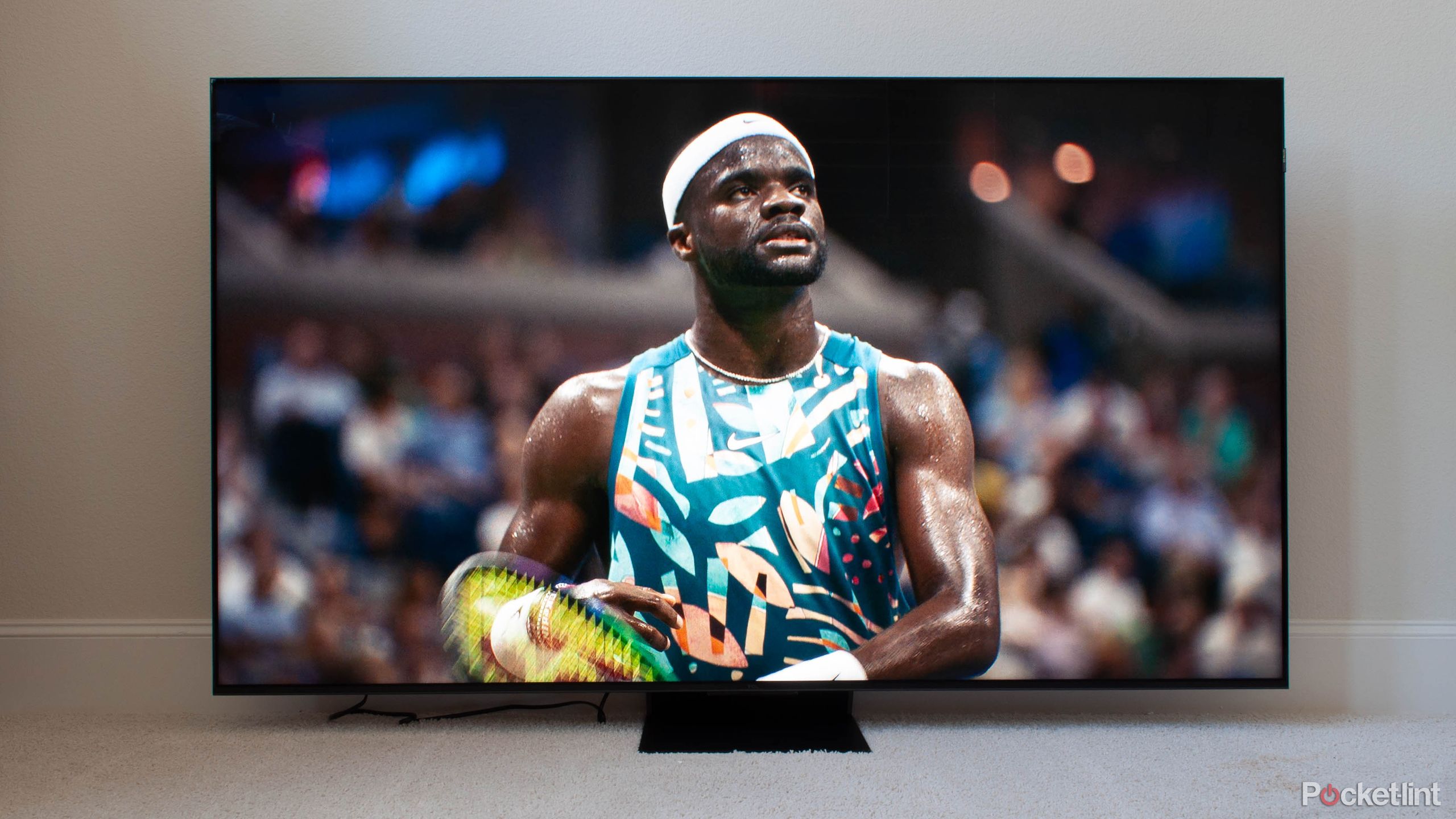Key Takeaways
- Sales of TVs 97-inches and up are rising due to significant price reductions.
- Efficient manufacturing and a saturated market have contributed to the discounts.
- Don’t jump on the trend just yet: giant TVs require enough space at home and may not offer the best image.
Bigger is apparently better when it comes to buying a smart TV. At least that’s the case right now, as CNN reports sales of giant TVs, those sized from 97-inches and above, have drastically increased, and retailers in turn are making sure they’ll be fully stocked for the holiday season.
Compared to last year, the cost for 98-inch TVs is down 53% while sales have ballooned 877%. The main reason for the surge is that prices for these so-called XXL TVs have dropped significantly, making a large TV screen a much more appealing investment.
There are some noteworthy reasons why prices have dropped, but even a lower cost doesn’t mean you should jump at the chance to put one in your home. Or does it? Here’s what to know about giant TVs.
Related
Why I’m shopping for smart TV in-person over online
There are some aspects of choosing a smart TV you can only understand and appreciate up close and personal.
What is a giant, super-giant, or XXL TV?
These immense screens create immersive experiences
There’s no official title or classification for giant TVs; they’re just models that are significantly bigger than ones that commonly populate retail outlets. In recent stories, giant TVs are being classified as those over 97-inches, but really anything that surpasses 80 is going to be a special investment. These TVs are not entirely common either, or at least they haven’t been until lately, as they require plenty of space to properly enjoy, and maybe even consideration about how you’re getting it into the house and how it’s going to be set up.
A TV’s size is measured diagonally, from one corner to the other. 55-inch and 65-inch are among the most common sizes, but those 75-inch and higher are getting more traction lately.
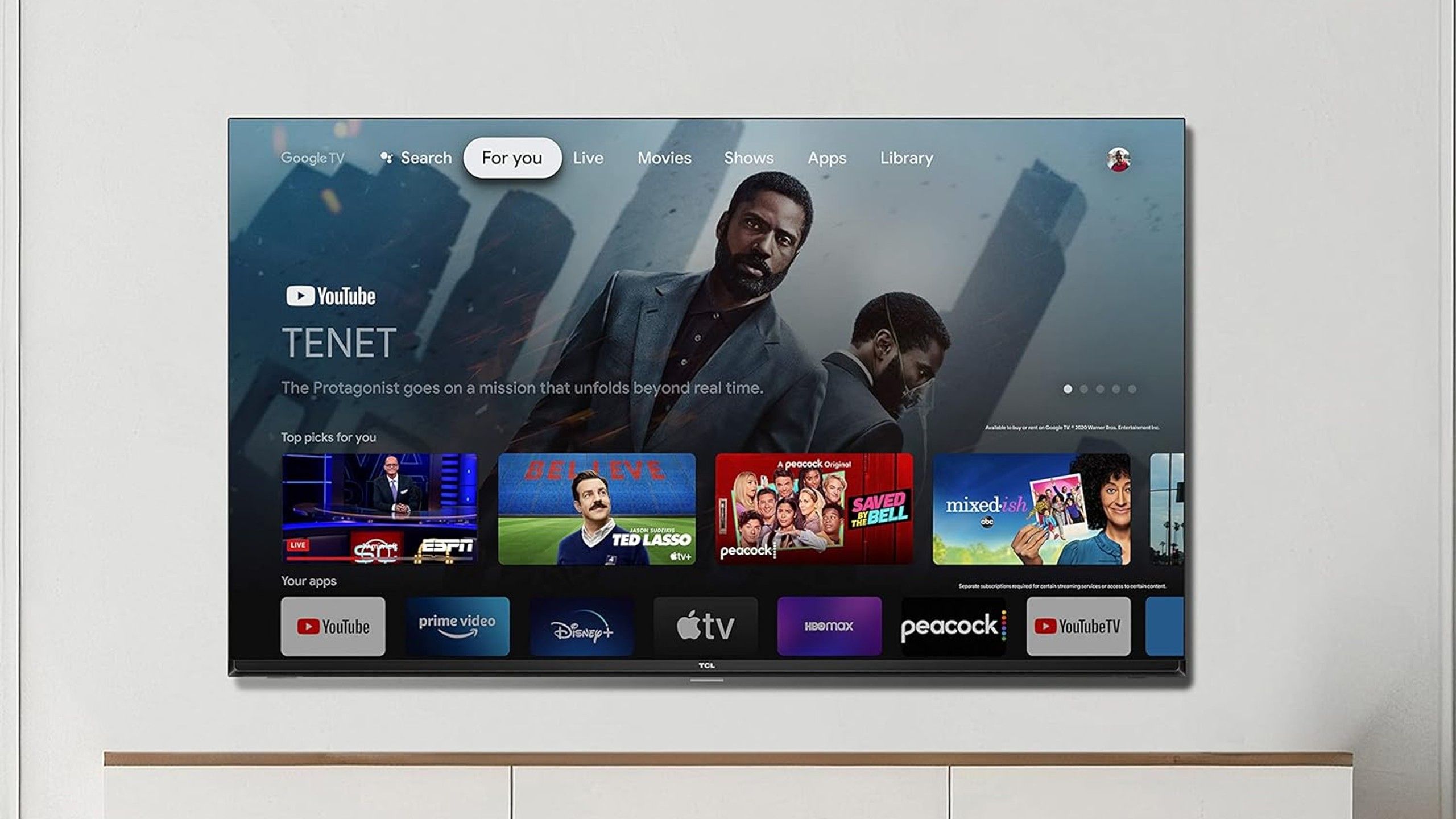
Related
Best 32-inch TV: Small-size streaming specialists
TVs to fit any room from Samsung, Hisense, and TCL.
Why are giant TVs going down in price?
A confluence of factors created the drop
A variety of factors have contributed to a cheaper price for giant TVs, the first of which is that the price for TVs is on the decline overall. The market is highly saturated, with companies around the world making TVs and other electronics, trying to entice consumers to enjoy an ecosystem of interconnected smart devices with the TV at the center. While LG, Sony, and Samsung tend to be the high-end retailers, companies like Hisense and TCL offer more budget-friendly models. Amazon and Walmart are also in the market, and because they sell so many products across different departments, they can keep their TV prices low.
Another reason these large TVs have dropped in price is because manufacturing them costs less. Innovative approaches have helped companies make TVs more efficiently, particularly bigger ones. This includes more effectively wielding ‘mother glass,’ the piece of glass that serves as the foundation for creating a TV screen. It’s simply not as expensive and tedious to make these giant TVs.
There’s another, albeit more depressing, reason why TV prices are cheap. These devices are able to collect a lot of data on your viewing habits (and lifestyle habits, if you’ve connected smart home devices), and that data is worth a lot of money to third party groups looking to try to sell you more products. That’s one of the reasons why Walmart is seeking to take over Vizio: its smart platform has a lot of customers and there’s worthwhile data to collect and mine.
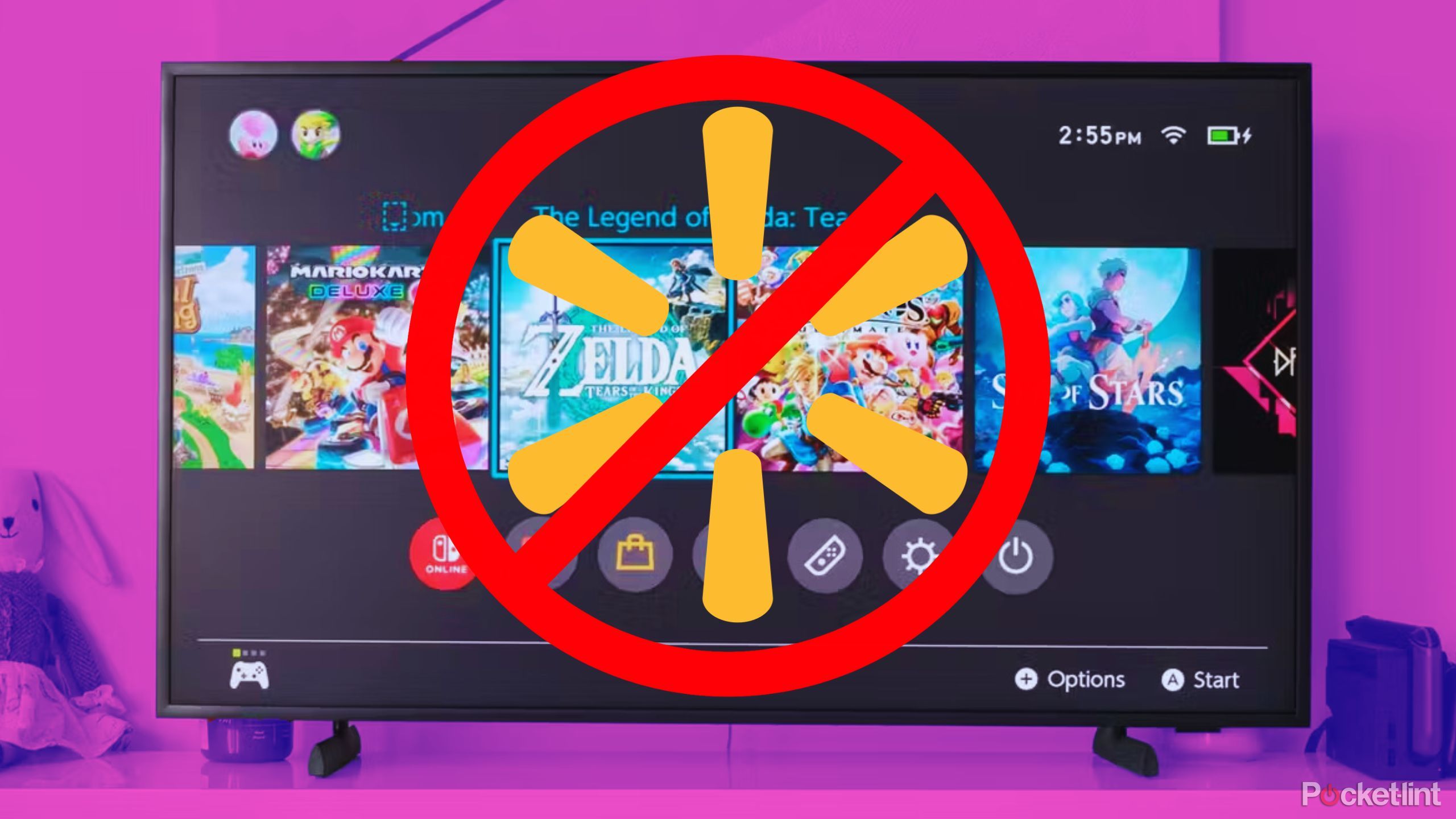
Related
5 reasons I’m not shopping for a TV at Walmart
The big box giant offers a lot of TVs, but a close look reveals low quality models and a lack of substantial value.
Is a giant TV worth the investment?
Bigger size doesn’t necessarily mean better quality
Size is far from the only consideration to take into mind when buying a TV. In fact, there might not even be a lot of choice when it comes to size, as the TV you should buy should adequately fit the space available. When thinking about size, consider not just where the TV is going to be placed, but how far from it you will sit. Whether the TV is mounted is another consideration; its placement will influence the viewing experience.
If you are going to invest in a giant TV, make sure to purchase delivery and home installation. These large TVs are delicate and cumbersome, bringing risk and work to getting them up and running at home.
More important than size, you’ll want to consider the TV’s operating system, video format compatibility, and screen type. The giant TVs in discussion here are of the LED variety; they feature a backlight instead of the individually-lit pixels of OLED screens. That’s because OLED screens still go up considerably in price as you increase the size of the TV. LG has a giant OLED TV at 97-inches, but it comes at a price tag north of $10,000. So, if you’re looking at a cheap super-big TV, you’re looking at an LED screen, and all the benefits and drawbacks that come with it. That means you may have some issues with contrast and color accuracy, especially if you’re lacking dimming zones that improve those deficiencies.
Just because something is heavily discounted, or wildly popular, doesn’t mean it will be the right fit for you.
Certainly, price plays a big factor in deciding what TV you should buy. But just because something is heavily discounted, or wildly popular, doesn’t mean it will be the right fit for you. Keep in mind what shows and movies you tend to enjoy, what connected devices you might have, and of course, how much space you can afford to devote to a super giant TV before taking the plunge.
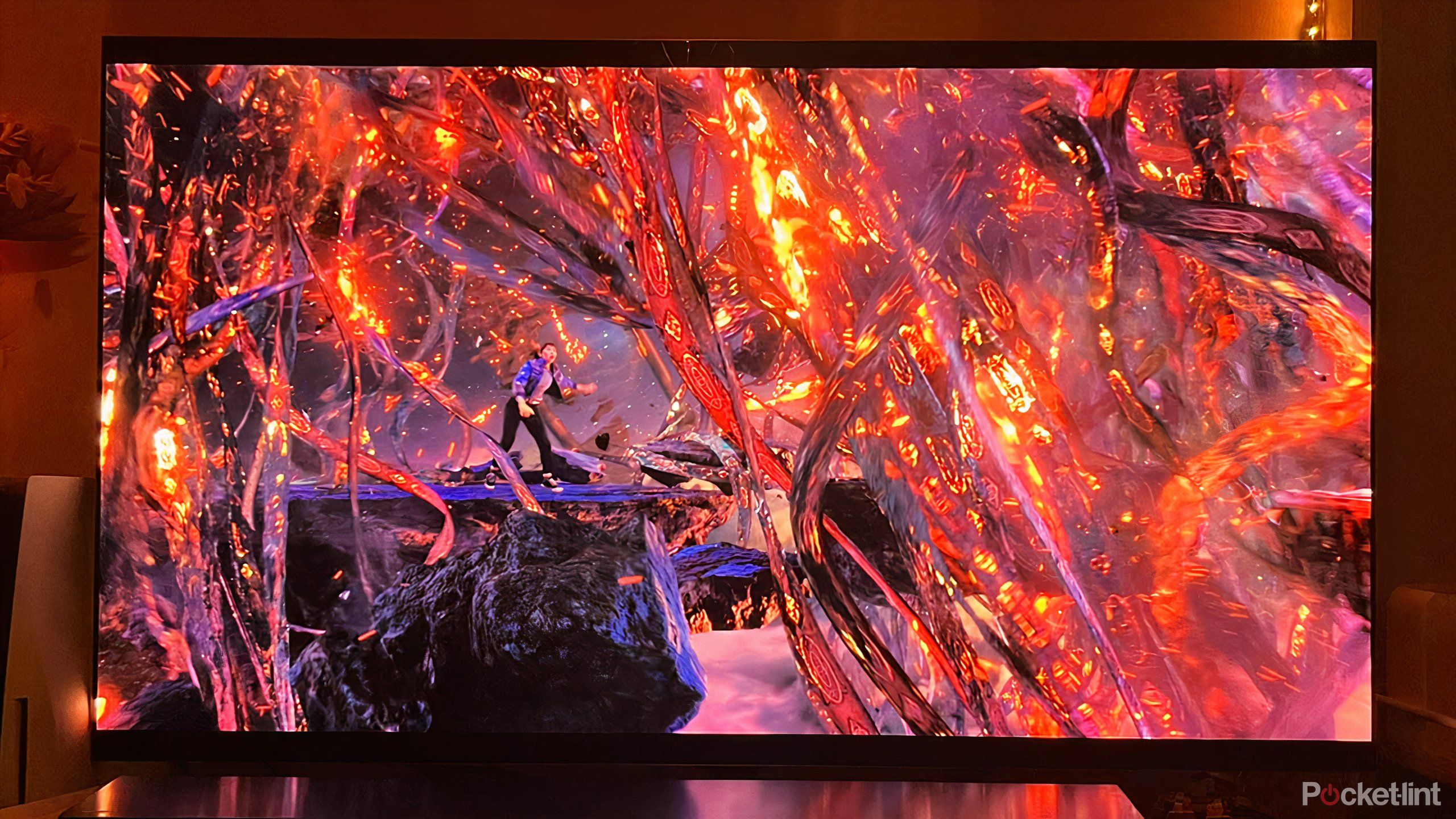
Related
5 things I won’t compromise on when buying a TV
To achieve my ideal viewing experience, there are some smart TV features and specs that I simply cannot concede.
Trending Products

Cooler Master MasterBox Q300L Micro-ATX Tower with Magnetic Design Dust Filter, Transparent Acrylic Side Panel, Adjustable I/O & Fully Ventilated Airflow, Black (MCB-Q300L-KANN-S00)

ASUS TUF Gaming GT301 ZAKU II Edition ATX mid-Tower Compact case with Tempered Glass Side Panel, Honeycomb Front Panel…

ASUS TUF Gaming GT501 Mid-Tower Computer Case for up to EATX Motherboards with USB 3.0 Front Panel Cases GT501/GRY/WITH Handle

be quiet! Pure Base 500DX ATX Mid Tower PC case | ARGB | 3 Pre-Installed Pure Wings 2 Fans | Tempered Glass Window | Black | BGW37

ASUS ROG Strix Helios GX601 White Edition RGB Mid-Tower Computer Case for ATX/EATX Motherboards with tempered glass, aluminum frame, GPU braces, 420mm radiator support and Aura Sync

CORSAIR 7000D AIRFLOW Full-Tower ATX PC Case â High-Airflow Front Panel â Spacious Interior â Easy Cable Management â 3x 140mm AirGuide Fans with PWM Repeater Included â Black


